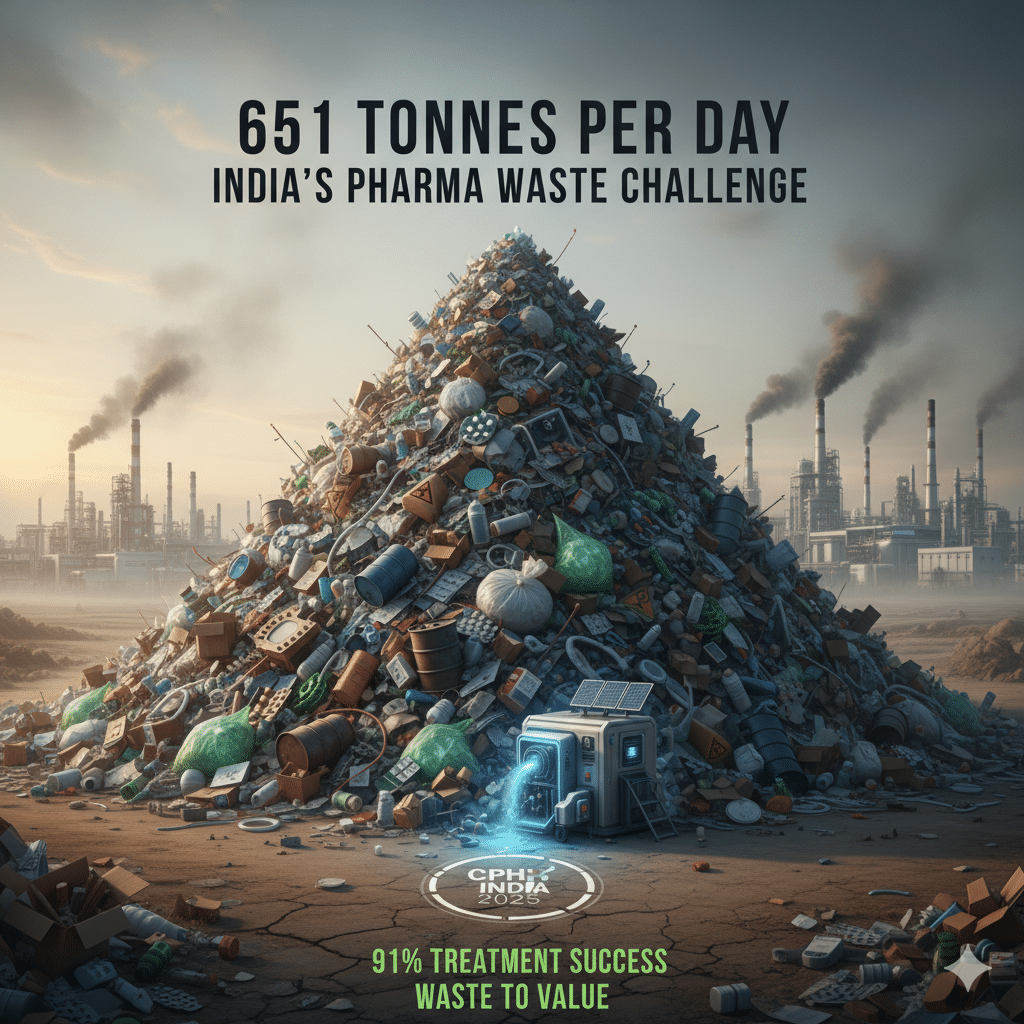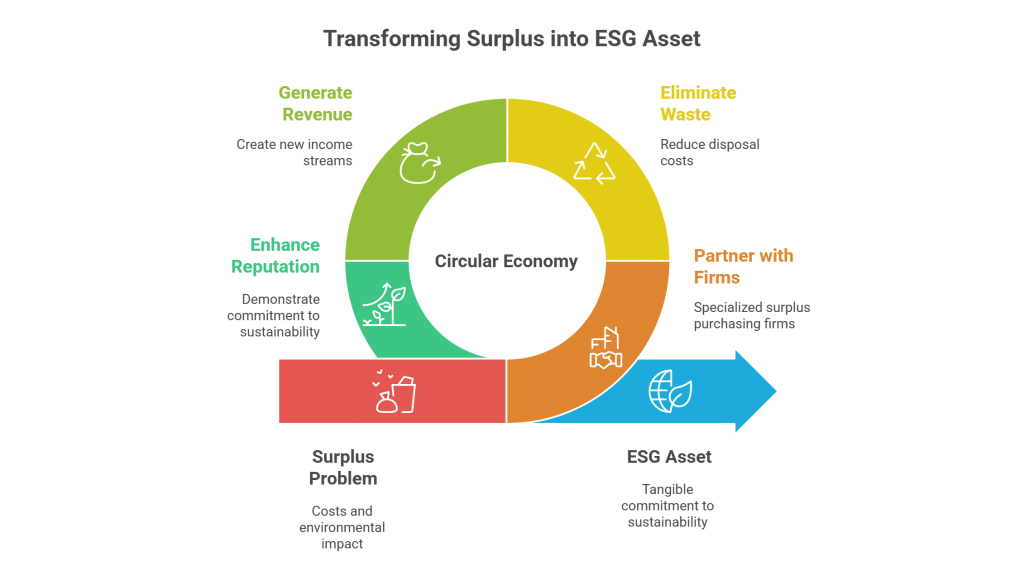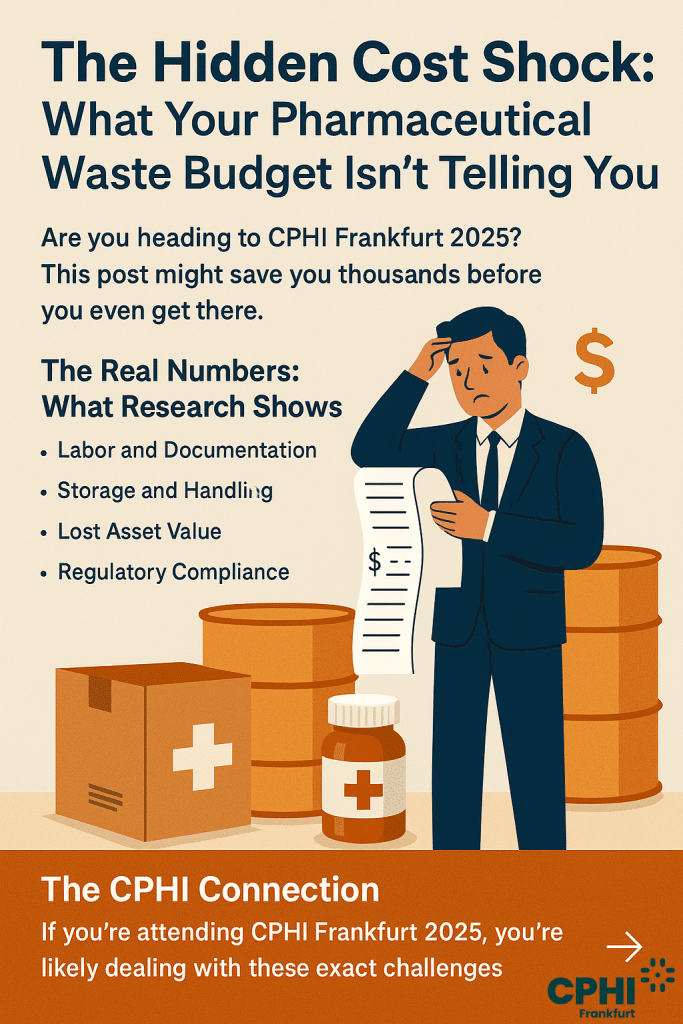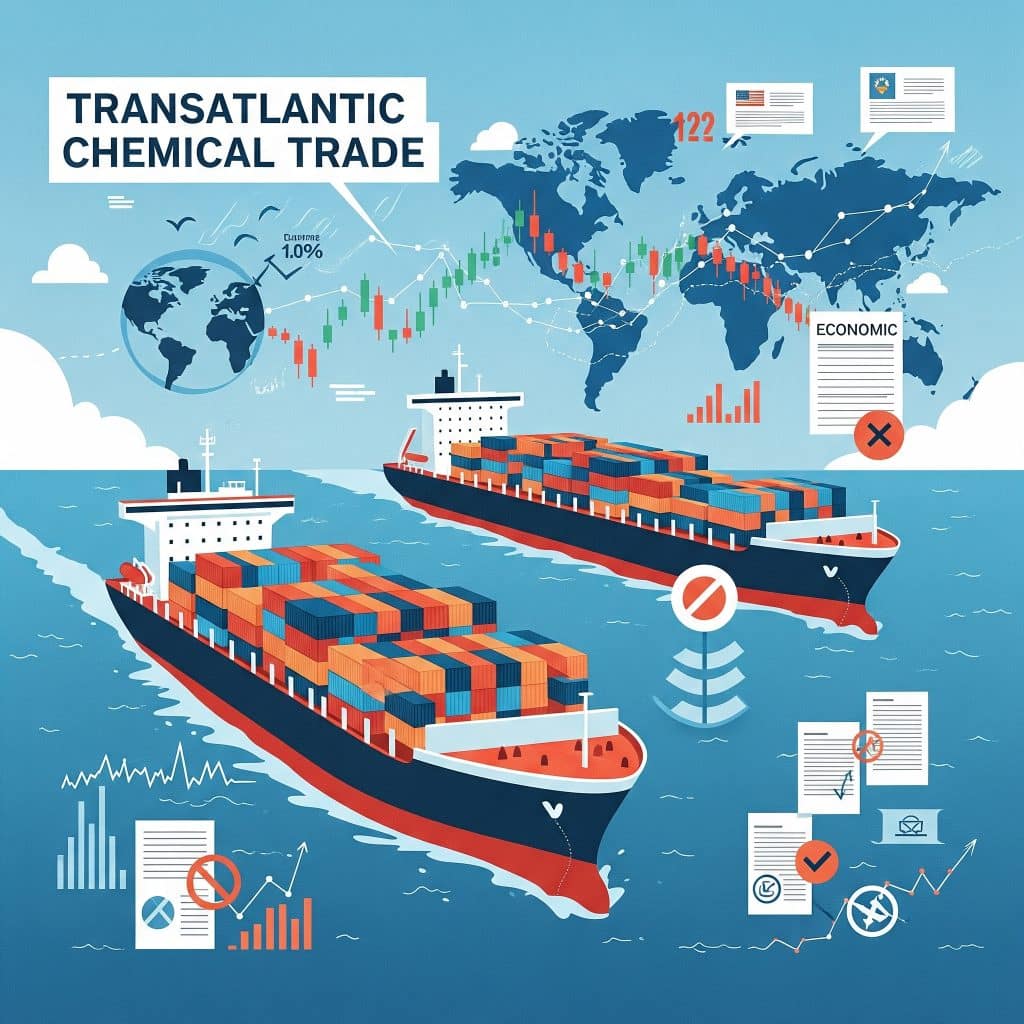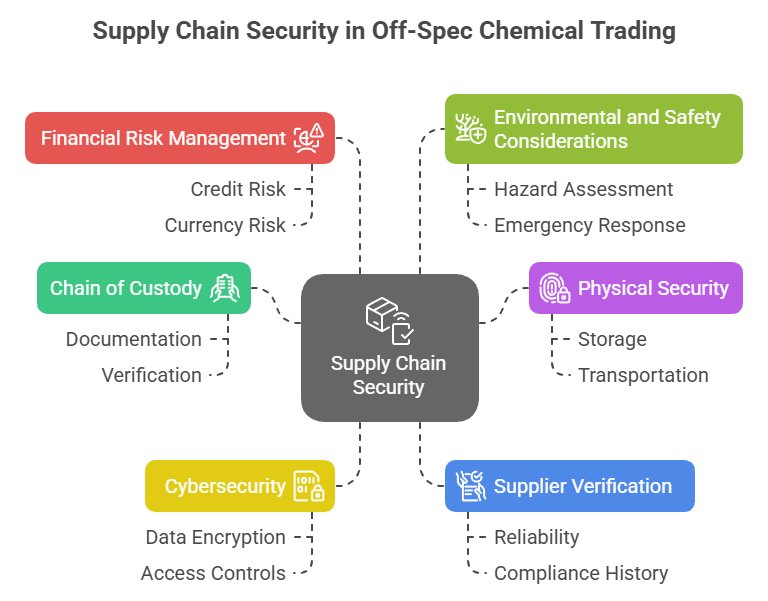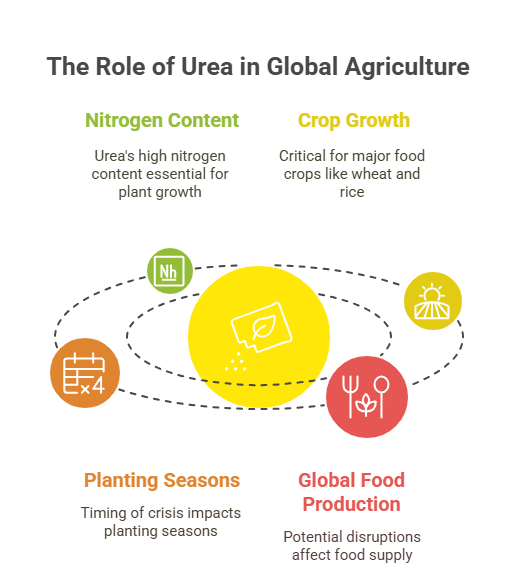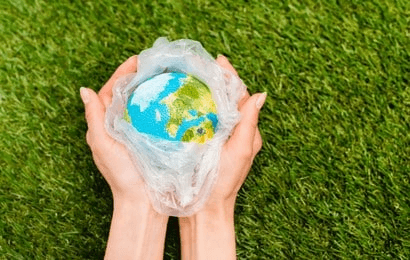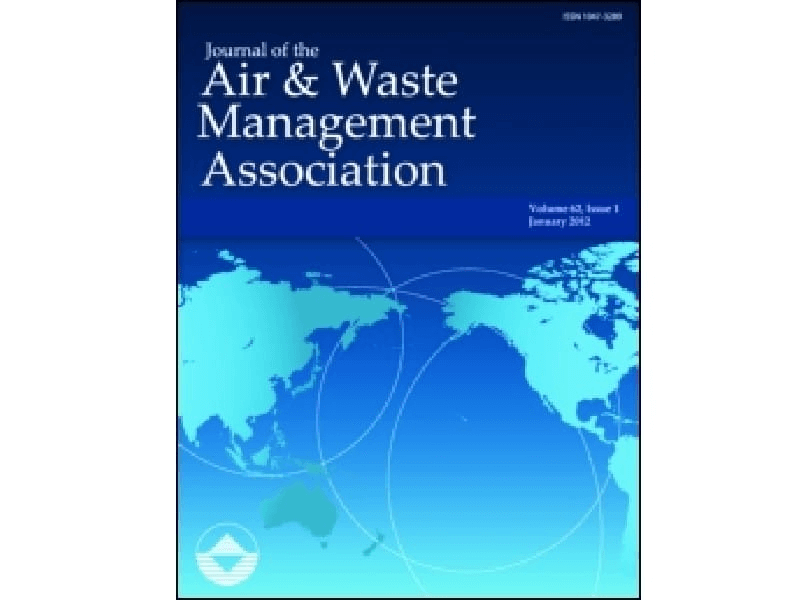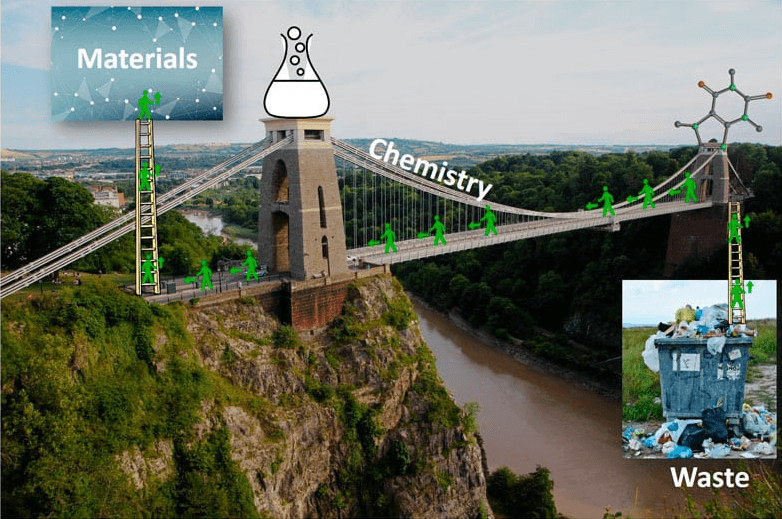Guide to Exporting Excess Chemicals from USA and EU to Asia
Disclaimer
This guide is intended for informational purposes only and does not constitute legal, regulatory, or compliance advice. Readers are encouraged to consult with qualified regulatory professionals, legal counsel, or relevant authorities to ensure full compliance with applicable laws and regulations before exporting or importing chemicals. Surplus-Inter.com assumes no responsibility for errors, omissions, or outcomes related to the use of this information.

Navigating the complex landscape of chemical trade regulations is essential for businesses dealing in excess chemical inventory. Whether you’re a seller in the USA or EU looking to export to Asia, or a buyer importing these chemicals, understanding the bureaucratic requirements ensures compliance, safety, and trust. This guide outlines the key regulations, processes, and tips for exporting chemicals from the USA and EU to Asian markets, focusing on unused, leftover inventory. By providing clear information and linking to relevant authorities, we aim to help you streamline your operations and build confidence with your clients.
Exporting Chemicals from the USA
Toxic Substances Control Act (TSCA)
The Toxic Substances Control Act (TSCA), administered by the Environmental Protection Agency (EPA), is the primary regulation governing chemical exports in the USA. Under TSCA section 12(b), exporters must notify the EPA if they intend to export chemicals subject to specific actions, such as:
- Data submission requirements under TSCA sections 4 or 5(b).
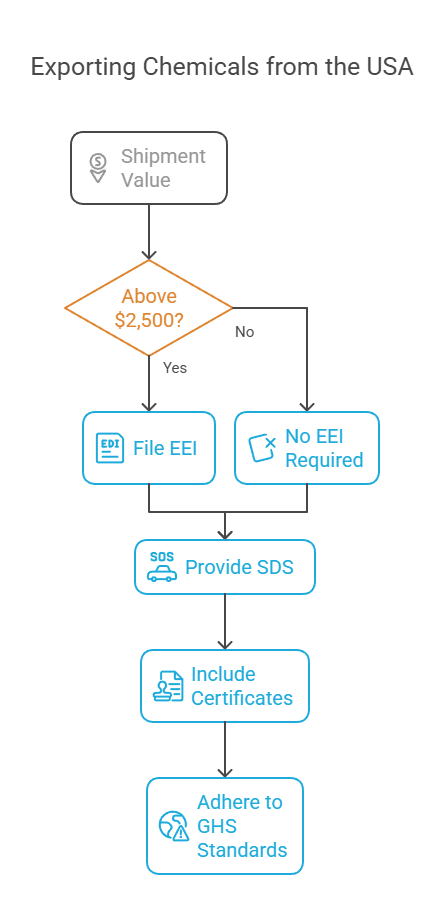
- Orders or rules under sections 5 or 6.
- Pending actions or relief granted under sections 5 or 7.
Process:
- Check the Chemical List: Verify if your chemical is on the TSCA section 12(b) list. This list includes chemicals requiring export notification due to safety or environmental concerns.
- Submit Notification: For the first export to a specific country each calendar year, submit a notice to the EPA within seven days of forming the intent to export or on the export date, whichever is earlier. The notice must include:
- Chemical name (as listed in TSCA actions).
- Exporter’s name and address.
- Country of import.
- Date of export.
- Relevant TSCA section (4, 5, 6, or 7).
- Electronic Submission: Use the EPA’s Central Data Exchange (CDX) system for electronic notifications, ensuring compliance with the user guide.
Special Cases:
- Certain chemicals, like polychlorinated biphenyls (PCBs), mercury, asbestos, and lead, have specific requirements under TSCA section 6, such as export bans or exemptions.
- No notification is required for chemicals at concentrations below 1% (or 0.1% for carcinogens) or for articles, except in specific cases.
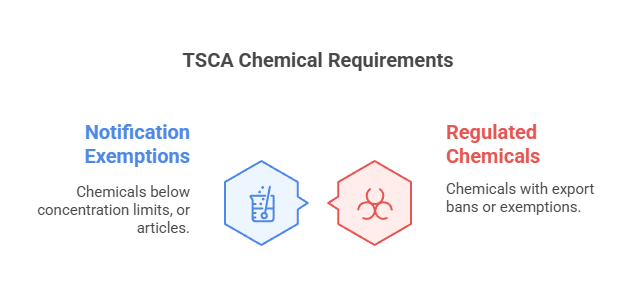
Export Administration Regulations (EAR)
The Export Administration Regulations (EAR), managed by the Bureau of Industry and Security (BIS), control the export of dual-use items, including chemicals with potential military applications.
Process:
- Classify the Chemical: Determine if your chemical is listed on the Commerce Control List (CCL), particularly under Category 1 (Materials, Chemicals, Microorganisms, and Toxins). Each listed chemical has an Export Control Classification Number (ECCN).
- Check License Requirements: License requirements depend on the chemical’s ECCN, destination, end-user, and end-use. Use the Commerce Country Chart to assess if a license is needed.
- Apply for a License: If required, submit an application through the BIS’s Simplified Network Application Process Redesign (SNAP-R) portal. Provide detailed information, including contact details and end-use statements, as outlined in the BIS guidelines.
Catch-All Controls:
- Even if a chemical is not on the CCL, a license may be required if there’s reason to believe it could be used in weapons of mass destruction (WMD) programs or other prohibited activities.
Hazardous Materials Regulations
For hazardous chemicals, compliance with the Department of Transportation’s hazardous materials regulations is crucial. Ensure proper classification, packaging, labeling, and documentation, including safety data sheets (SDS), to meet international shipping standards.
Documentation
- Export Declaration: File an Electronic Export Information (EEI) through the Automated Export System (AES) for shipments above $2,500 or requiring a license.
- Safety Data Sheets (SDS): Provide SDS in the importing country’s language, adhering to Globally Harmonized System (GHS) standards.
- Certificates: Include TSCA certification (positive or negative) and any required export licenses.
Exporting Chemicals from the EU
Dual-Use Regulation
The Dual-Use Regulation (EU) 2021/821 governs the export of dual-use items, including chemicals with potential civilian and military uses, such as those listed in Annex I.
Process:
- Identify Dual-Use Chemicals: Check if your chemical is listed in Annex I, which aligns with international control regimes like the Australia Group.
- Obtain Authorization: Apply for an export authorization through your national competent authority. Options include:
- EU General Export Authorisations (EUGEAs): For exports to certain countries (e.g., Australia, Japan).
- National General Export Authorisations (NGEAs): Issued by member states.
- Global Licenses: For multiple items and destinations.
- Individual Licenses: For specific transactions.
- Compliance Measures: Maintain records, ensure end-use controls, and comply with any catch-all provisions for non-listed items intended for WMD programs.
Prior Informed Consent (PIC) Regulation
The PIC Regulation (EU) No 649/2012 implements the Rotterdam Convention, regulating the export of hazardous chemicals listed in Annex I.
Process:
- Check Annex I: Verify if your chemical is listed in Annex I, which includes banned or severely restricted substances like certain pesticides and industrial chemicals.
- Notify ECHA: Submit an export notification to ECHA at least 35 days before the planned export date, including:
- Chemical identity.
- Exporter details.
- Importing country.
- Safety information (SDS and labeling).
- Obtain Explicit Consent: For some chemicals, the importing country’s explicit consent is required before export. ECHA facilitates this process.
- Labeling and SDS: Ensure chemicals are packed and labeled according to EU standards, unless the importing country specifies otherwise.

Updates:
- As of March 2025, 40 new substances were added to Annex I, increasing the scope of regulated chemicals.
REACH Considerations
While the REACH Regulation (EC) 1907/2006 primarily governs chemicals manufactured or imported into the EU, it has limited direct impact on exports. However, if your excess chemicals were previously placed on the EU market, ensure REACH compliance (e.g., registration for substances over 1 ton/year). For exports, provide safety information to non-EU buyers to support their compliance with local regulations.
Documentation
- Export Notification Form: For PIC-regulated chemicals, submit via ECHA’s ePIC system.
- Safety Data Sheets (SDS): Provide SDS in the importing country’s language, compliant with GHS.
- Export Licenses: Include any required dual-use authorizations.
Importing Chemicals into Asian Countries
General Overview
Asian countries have diverse regulations for chemical imports, requiring importers to register new substances, comply with safety standards, and obtain permits. Sellers can assist by providing comprehensive documentation to facilitate compliance.
Key Markets
| Country | Key Regulation(s) | Requirements | Authority |
| China | Measures for Environmental Management of New Chemical Substances (MEP Order 7), Regulations on Safe Management of Hazardous Chemicals | Register new chemicals not on IECSC. Comply with GHS for hazardous chemicals. Obtain import permits for toxic chemicals. | Ministry of Ecology and Environment (MEE) |
| Japan | Chemical Substances Control Law (CSCL) | Notify new chemicals not on CSCL inventory. Ensure safety assessments for hazardous substances. | Ministry of Economy, Trade and Industry (METI) |
| South Korea | K-REACH | Register chemicals manufactured/imported over 1 ton/year. Comply with hazard communication rules. | Ministry of Environment (MOE) |
| India | Manufacture, Storage and Import of Hazardous Chemicals Rules | Obtain permits for hazardous chemicals. Ensure proper labeling and safety measures. | Ministry of Environment, Forest and Climate Change (MoEFCC) |
China:
- New Chemicals: Substances not listed in the IECSC require notification to the MEE’s Chemical Registration Centre (CRC) before import.
- Hazardous Chemicals: Must be registered, labeled, and packaged per GHS standards. Toxic chemicals on the restricted list need import permits.
- Process: Importers submit registration documents, including SDS and risk assessments, to the CRC.
Japan:
- CSCL Compliance: New chemicals require notification to METI, including toxicity and environmental impact data.
- Hazardous Substances: Must meet safety standards, with proper labeling and SDS.
- Process: Importers coordinate with METI for notifications and ensure compliance with import inspections.
South Korea:
- K-REACH: Requires registration of chemicals above 1 ton/year, with data on hazards and uses submitted to the MOE.
- Hazard Communication: Importers must provide GHS-compliant SDS and labels.
- Process: Register via the K-REACH IT system and comply with annual reporting.
India:
- Hazardous Chemicals Rules: Importers must obtain permits from the MoEFCC for listed hazardous chemicals and ensure safe storage and handling.
- Documentation: Provide SDS, import licenses, and safety plans.
- Process: Submit applications to state pollution control boards and comply with customs inspections.
Resources
Importers should consult local authorities or hire regulatory consultants to navigate country-specific requirements. Sellers can provide SDS, certificates of analysis, and export notifications to support compliance.
Special Considerations for Excess Chemicals
Excess or leftover chemical inventory, as long as it is unused and not classified as waste, is subject to the same export regulations as regular chemicals. In the USA, TSCA and EAR apply without distinction for excess inventory. In the EU, Dual-Use and PIC regulations govern exports similarly. However, ensure that:
- Quality Assurance: Verify that excess chemicals meet quality standards and are not degraded, as importing countries may require certificates of analysis.
- Documentation: Provide clear records of the chemical’s origin, storage conditions, and compliance with export regulations.
- Waste Regulations: If the inventory is considered waste (e.g., expired or off-spec), additional regulations like the EU’s Waste Shipment Regulation or USA’s Resource Conservation and Recovery Act (RCRA) may apply. Since your inventory is described as “not used, only leftovers,” standard regulations likely suffice.
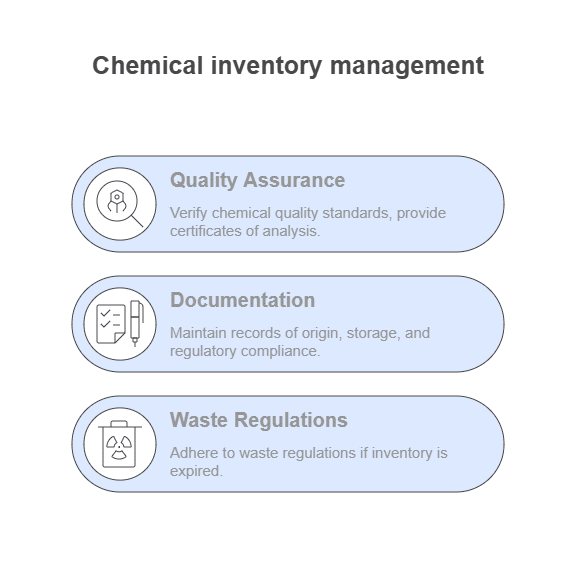
Tips for Sellers and Buyers
For Sellers
- Classify Chemicals Accurately: Use tools like the EPA’s ChemView or ECHA’s ePIC system to check if your chemicals require notifications or licenses.
- Maintain Records: Keep detailed records of export notifications, licenses, and SDS for at least two years to demonstrate compliance.
- Provide Comprehensive Documentation: Include SDS, certificates of analysis, and export permits to facilitate buyer compliance.
- Stay Updated: Monitor regulatory changes via the EPA, BIS, ECHA, and international trade bodies.
- Engage Experts: Consider hiring customs brokers or regulatory consultants to navigate complex requirements.
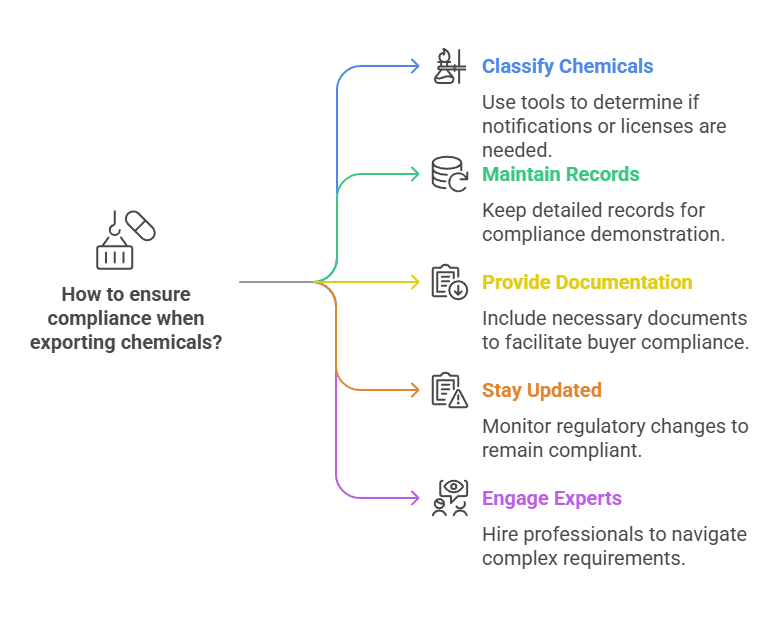
For Buyers
- Understand Local Regulations: Research import requirements through authorities like China MEE or Japan METI.
- Verify Supplier Documentation: Ensure sellers provide SDS, export notifications, and quality certificates to meet customs and regulatory needs.
- Use Local Expertise: Work with customs brokers or consultants familiar with your country’s chemical import processes.
- Plan for Inspections: Prepare for customs inspections by ensuring all documentation is complete and compliant.
- Communicate with Sellers: Request specific documentation or certifications to meet local standards, enhancing import efficiency.
Conclusion
Exporting excess chemicals from the USA and EU to Asia requires careful compliance with TSCA, EAR, Dual-Use, and PIC regulations, alongside understanding Asian import rules. By providing clear documentation, staying updated on regulations, and offering educational content, you can streamline the process for sellers and buyers while building trust in your professional expertise. For further assistance, contact regulatory authorities or consult with experts to ensure seamless and compliant transactions.
Key Citations
- EPA: Importing or Exporting Chemical Substances under TSCA
- BIS: Export Administration Regulations
- ECHA: Understanding PIC
- European Commission: Exporting dual-use items
- China: Ministry of Ecology and Environment
- Japan: Ministry of Economy, Trade and Industry
- South Korea: Ministry of Environment
- India: Ministry of Environment, Forest and Climate Change
- EPA: TSCA Requirements for Exporting Chemicals
- EPA: Chemicals Subject to TSCA Section 12(b) Export Notification
- EPA: TSCA Section 12(b) Export Notification User Guide
- BIS: Guidelines for Chemical Export License Applications
- ECHA: Understanding REACH


